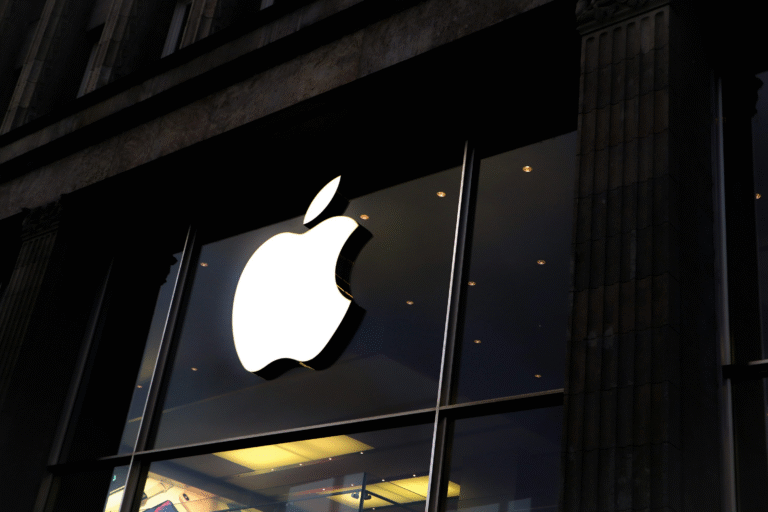Businesses and services worldwide are gradually recovering from a massive technology outage that disrupted global operations and highlighted the vulnerabilities of our interconnected economy.
The outage, triggered by a faulty software update on Friday, caused widespread chaos. It grounded flights, disrupted financial institutions and news organizations, and affected hospitals, supermarkets, small businesses, and government offices.
By Saturday, several services were back online, but George Kurtz, CEO of US cybersecurity firm CrowdStrike, warned that full recovery from the outage could take weeks. The issue originated from a faulty software update on CrowdStrike’s Falcon Sensor, which affected Microsoft’s Windows operating system.
CrowdStrike announced they had implemented a fix for the problem, and Kurtz issued a personal apology to all impacted organizations and individuals.
The White House stated that President Joe Biden’s team was in communication with CrowdStrike and those affected, ready to provide assistance as needed.
“Our understanding is that flight operations have resumed across the country, although some congestion remains,” noted a senior US administration official.
Junade Ali from Britain’s Institution of Engineering and Technology described the outage’s scale as unprecedented, suggesting it will be remembered in history. He compared it to a significant incident in 2017 while speaking to the AFP news agency.
Today was not a security or cyber incident. Our customers remain fully protected.
— George Kurtz (@George_Kurtz) July 19, 2024
We understand the gravity of the situation and are deeply sorry for the inconvenience and disruption. We are working with all impacted customers to ensure that systems are back up and they can…
“This incident underscores our growing reliance on computers,” remarked Toby Walsh, chief scientist at the Artificial Intelligence Institute at the University of New South Wales. “Ironically, the internet was initially designed to be a nuclear-proof communication network, which it evidently is not,” he told Al Jazeera.
In Europe, major airports, including Berlin’s, which had halted all flights on Friday, reported a gradual resumption of departures and arrivals. However, dozens of flights across Europe were cancelled. Turkish Airlines cancelled 84 flights, and Italian officials confirmed around 80 cancellations.
In Latin America, airports advised passengers to arrive for flights hours earlier than usual. Chinese state media reported that Beijing’s airports were unaffected.
Companies scrambled to patch their systems and assess the damage while officials tried to quell panic by ruling out foul play.
“This disruption revealed an economic vulnerability and market volatility,” reported Al Jazeera’s Kristen Saloomey from New York. “Systems are being restored, but the impact on ordinary people may take longer to address.”
Experts suggested that this incident should prompt a reassessment of society’s dependency on a few technology companies for various services. “We must recognize that such software can be a common point of failure for multiple systems simultaneously,” said Professor John McDermid from Britain’s York University, an expert in cybersecurity and software engineering. He emphasized the need for infrastructure to be designed to withstand such common cause problems.
Walsh noted, “We can expect more trouble, especially when people return to work on Monday and encounter the ‘blue screen of death’.”
An analyst suggested that while Friday’s events were damaging for CrowdStrike, competitors are unlikely to gain significant market share as a result. “This is clearly a major black eye for CrowdStrike and the stock will be under pressure,” said Dan Ives, an analyst at Wedbush Securities. He explained to Reuters that the incident was caused by a technical update rather than a hack or cybersecurity threat, which would be “more worrying.”
According to Reuters, CrowdStrike’s stock fell over 11 percent on Friday. The company, which previously had a market cap of around $83 billion, is one of the world’s leading cybersecurity providers, with nearly 30,000 subscribers globally.








